“Society loves hair. We hear it depicted in songs, represented in movies, commented about on TV and the radio. A multitude of products are sold to us in fancy salons and drug stores on every corner. When you don’t have hair, it’s hard to believe there is any other way to be beautiful. Society’s beauty standards have set us up, women especially, to feel inferior without hair — to feel less feminine, less pretty, and less loveable even. How can someone even fathom a life without hair in today’s societal norm and beauty standards?
Alopecia Areata is an autoimmune disorder where the immune system attacks hair follicles, causing them to fall out. I was diagnosed at 14-months old so I know what it is like to grow up without hair because I never had it in the first place. Don’t get me wrong, losing your hair at any age is traumatizing and heartbreaking, but never having any presents challenges of its own. I received my first wig at 5 years old, right before I entered kindergarten. I never navigated a wig before — let me tell you how much the wig industry has changed since the 90s — and going to a new school made me extremely shy. Sure, I made friends. Heck, I even had my twin brother in my class, but wearing a wig and keeping this ‘secret’ really shaped who I was as a child.
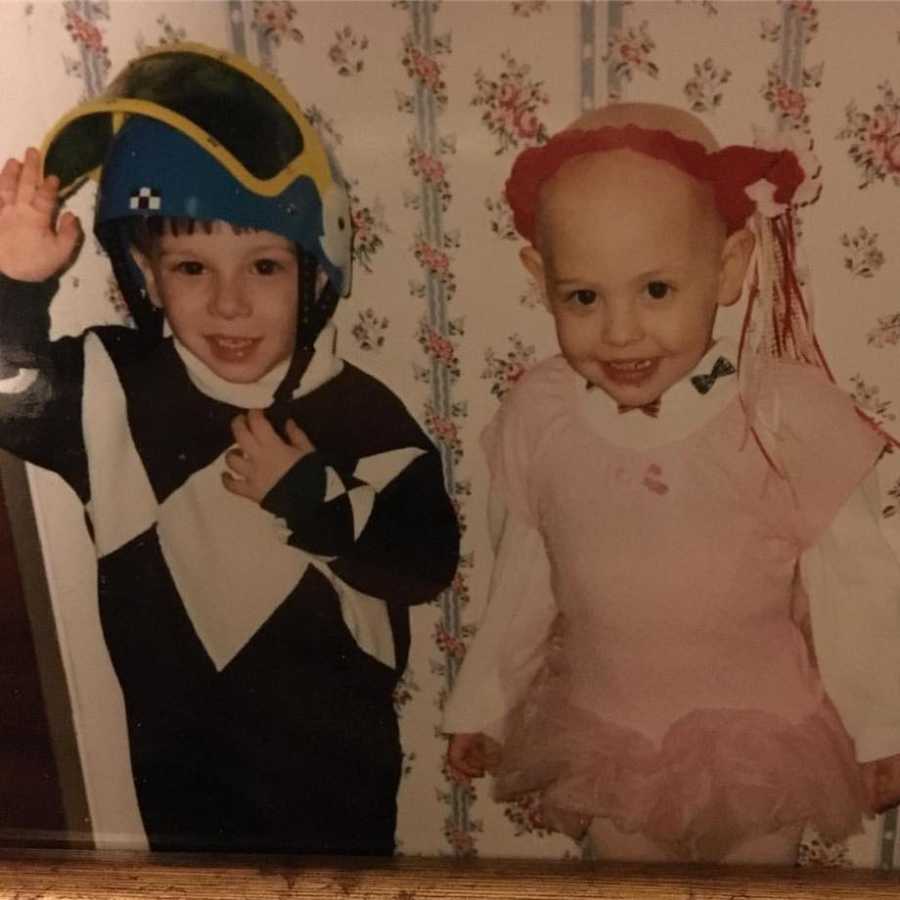
I had experiences a lot of young people don’t face. For example, one time my wig fell off when I was playing on the monkey bars. Thankfully, my twin brother saw and came over to shield me as I tried to put it back on, but I recall avoiding risky behavior on the playground after that. I also dreaded lice checks at school. Either I didn’t have to get one which made my classmates suspicious or I had to have an awkward conversation with the nurse the school brought in to do the checks. I almost preferred the latter and endured embarrassment explaining to one person instead of a class of 25.

In general, my friends and classmates were curious. It makes sense; it is something out of the ordinary. Most of the time, others just left me alone about it but a few moments really stand out. One time in elementary school, I had another girl over for a play date. I didn’t particularly like this girl, but her mom was busy after school and asked if we could play for a few hours. I remember trying to find things to do with her and eventually said, ‘Let’s go play with my brother.’ She straight-faced turned to me and said, ‘I will only go play with him if you take your wig off.’ I remember being shocked and hurt. I wanted this playdate to so badly be over and didn’t want to suffer through trying to entertain her myself. In the end, I took my wig off and ran off to my brother’s room. My parents, who didn’t know the whole conversation, took that as a good sign. I had made a friend I was comfortable around… if only they knew the whole story. To this day, I am not sure I even told them because of how embarrassed I was that I not only didn’t like this girl but also I let her bully me in my own house.
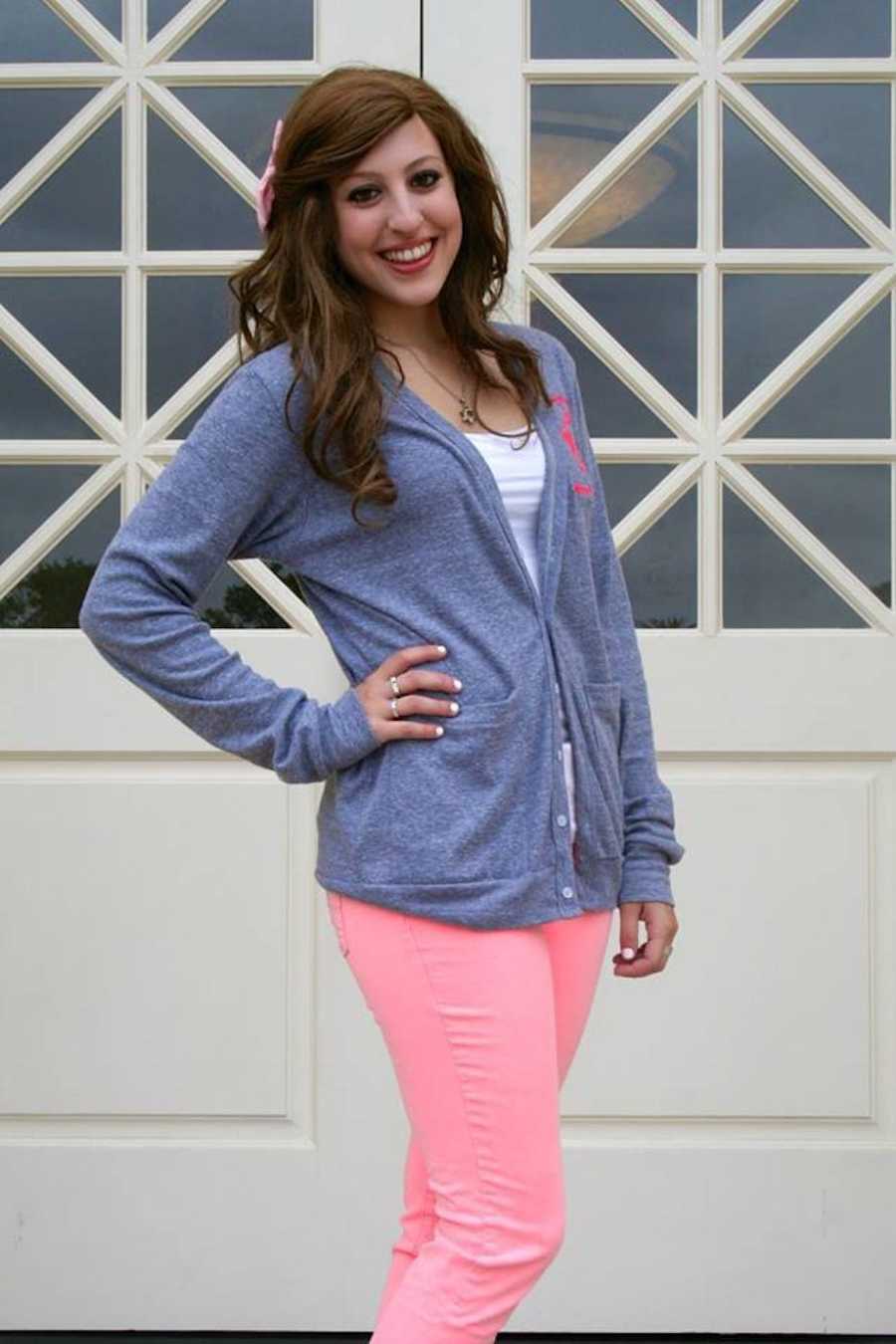
Not every situation was bad though. Alopecia had amazing benefits in childhood too. I got a fresh new ‘look’ before the start of each school year. While I didn’t initially enjoy my new wig because it took some getting used to, I did like starting the new school year that way and felt really confident in it. I also enjoyed I could take my hair off on a hot day, didn’t have to wash it all the time, and I could drop it off at my salon and pick it back up when it was done.
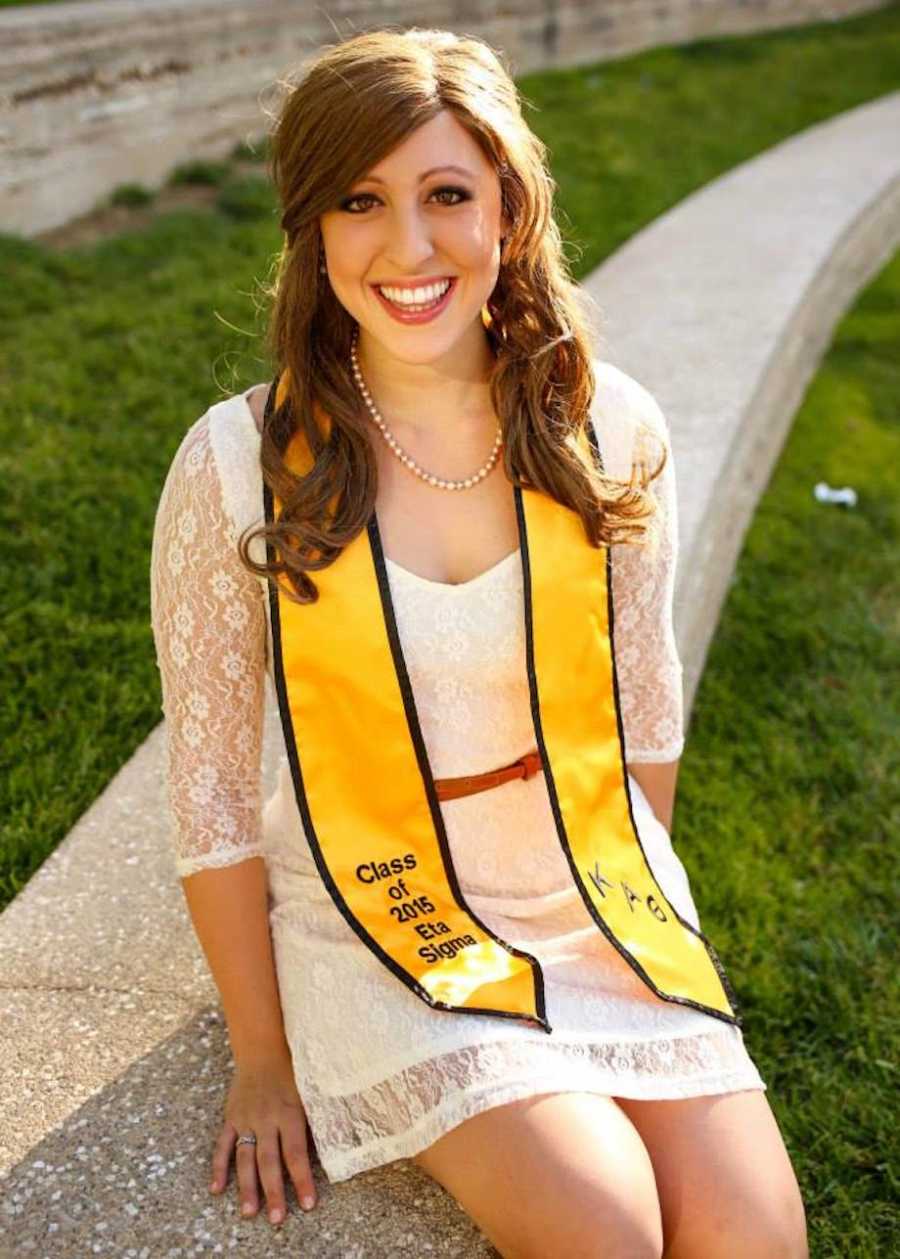
The most amazing benefit though was going to the National Alopecia Areata Foundation annual conference. Since I was a child, our family vacation was attending those conferences where I met other people my age with Alopecia. This group of friends became my support group, my confidants, my partners in crime, and most of all, family. They understood what I was going through and as we grew up, we were able to lean on one another for support through awkward times like dating, high school, and moving off to college. Over 20 years later and we are now attending each other’s weddings. From the support of my NAAF family, I found new confidence in being bald, and as social media was on the rise, I decided to start sharing my ‘secret’ with others.
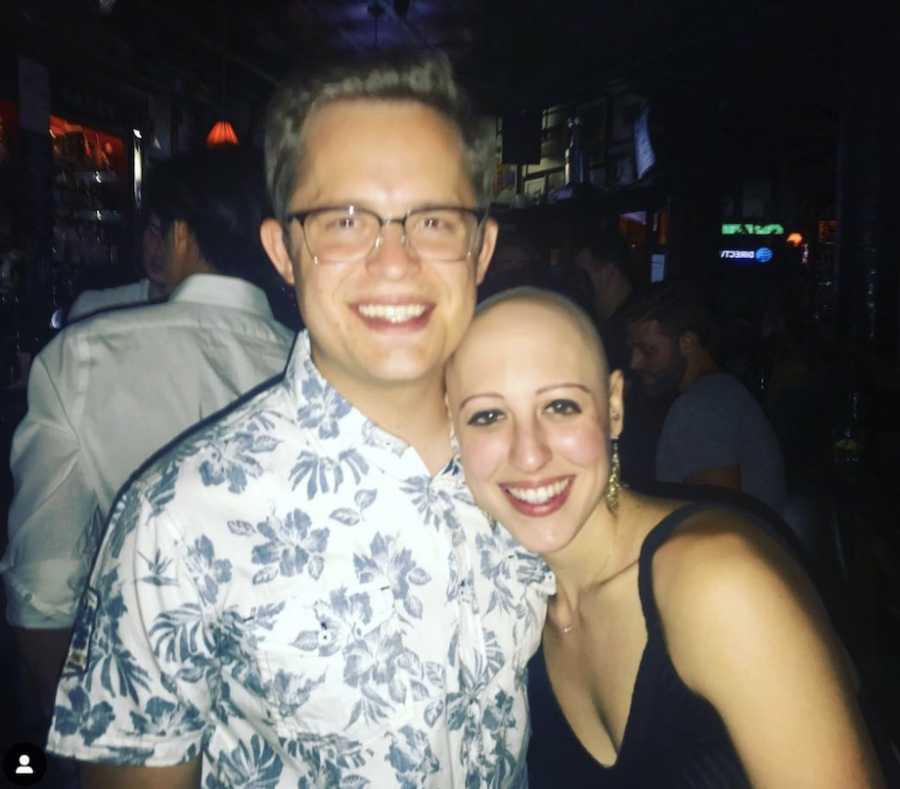
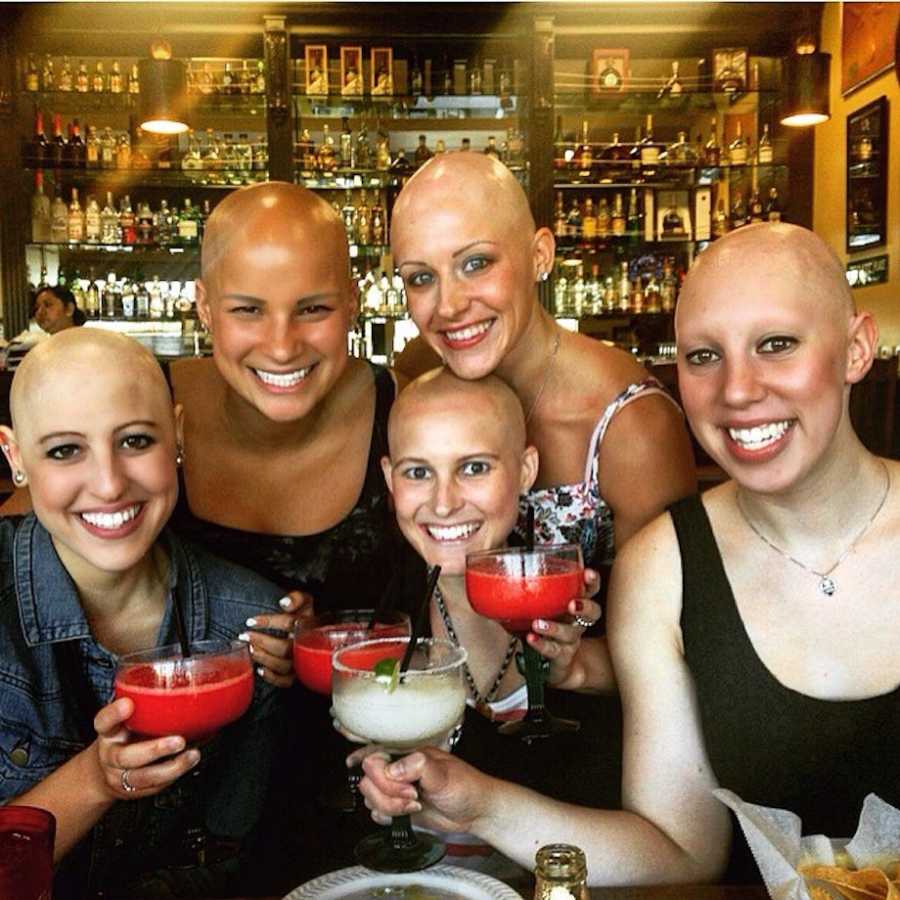
I first posted bald photos of myself as a freshman in high school in 2007. Initially, I got a lot of questions from my classmates, reaching out to me over social media platforms and genuinely curious about it. I decided by showing I was open about it, my peers could approach me to become educated about the disease rather than use it as ammunition against me. While there were still awkward comments at times, overall being open about my Alopecia on social media led to a weight taken off my shoulders and helped me figure out who my real friends were. When I started dating, I found it did the same thing. Those that wanted to ask me about it and accepted me with and without my wig allowed me to weed out the bad eggs, so to speak, and focus on meaningful relationships not stuck on surface-level appearances.
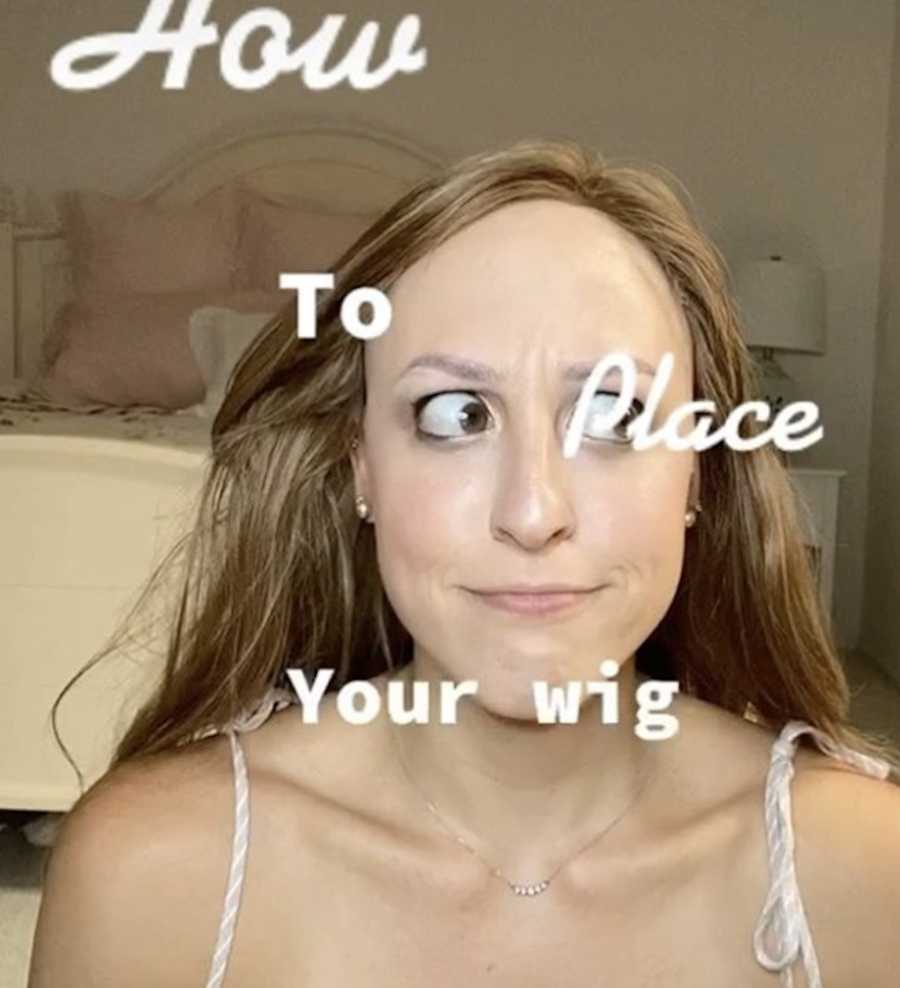
Over 10 years later, I still post photos without my wig but thanks to platforms like Instagram, connecting with others with Alopecia is easier than ever. With encouragement from my friends and husband, I started to post more and more without my wig, giving advice, tips, and overall showcasing bald is beautiful. I have virtually met so many amazing women who I have helped by talking about Alopecia, giving them wig advice, showing the products I use, and providing overall support. I wish this type of platform existed when I was in high school! Everyone’s approach to Alopecia is different — some wear wigs, some don’t — but that doesn’t mean either approach is wrong.

A lot of moms who have young girls diagnosed with Alopecia ask me, ‘How do I get her to not rely on her wig?’ or say ‘I want her to be herself.’ I went through phases where I ONLY wanted my wig and I went through phases where I didn’t but at the end of the day, I was ME in both of those situations. Through this, I am connecting with moms and others with Alopecia to show them we can normalize being bald and normalize wearing a wig. They don’t have to be mutually exclusive. Women wear makeup and their favorite clothes to feel confident and comfortable — why is a wig any different? If we stop having conversations about how ‘you aren’t really you’ in a wig and we approach it as an accessory — something fun but not always necessary — then we are giving young girls the opportunity to choose and not feel different with and without it. Celebrities today wear wigs all the time. We praise them for it even but as normal people, we feel ashamed. Once we flip the switch on this conversation, starting at a young age, I think as a society we will overcome the bald stigma many of us face.
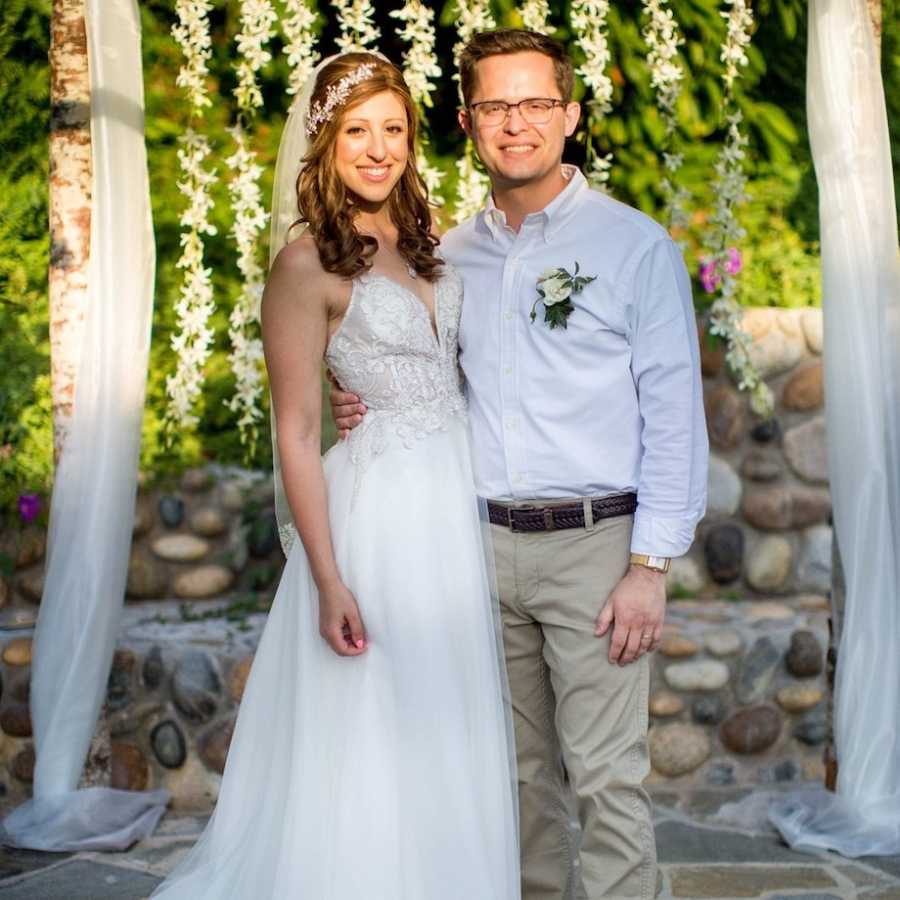
At the end of the day, the message I want people to walk away with from talking with me or visiting my Instagram is you have to do what makes you feel comfortable because confidence is the best thing a woman can wear.”
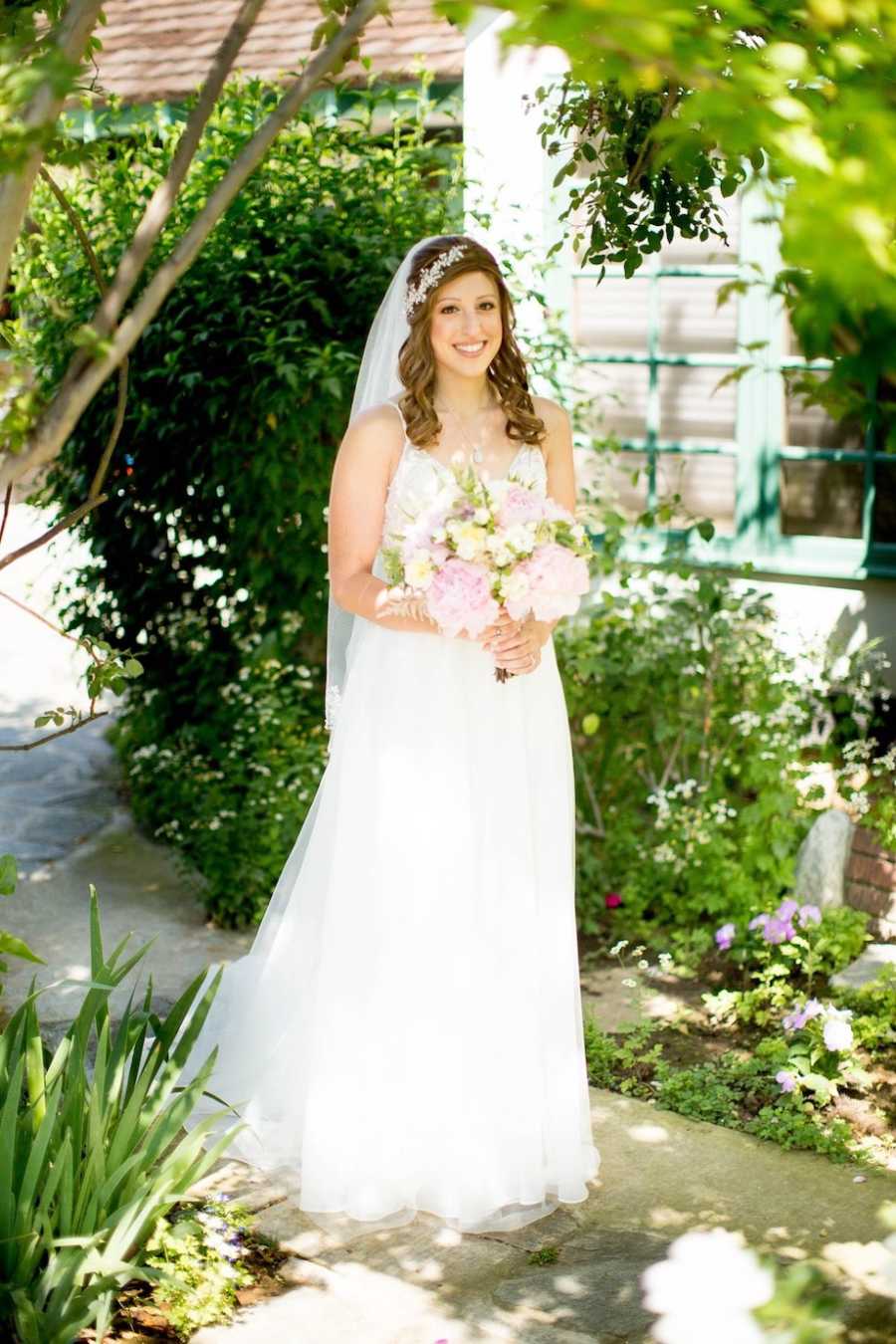
This story was submitted to Love What Matters by Ashley Demshki from Southern California. You can follow their journey on Instagram. Do you have a similar experience? We’d like to hear your important journey. Submit your own story here. Be sure to subscribe to our free email newsletter for our best stories, and YouTube for our best videos.
Read more about alopecia here:
Do you know someone who could benefit from reading this? SHARE this story on Facebook with family and friends.



